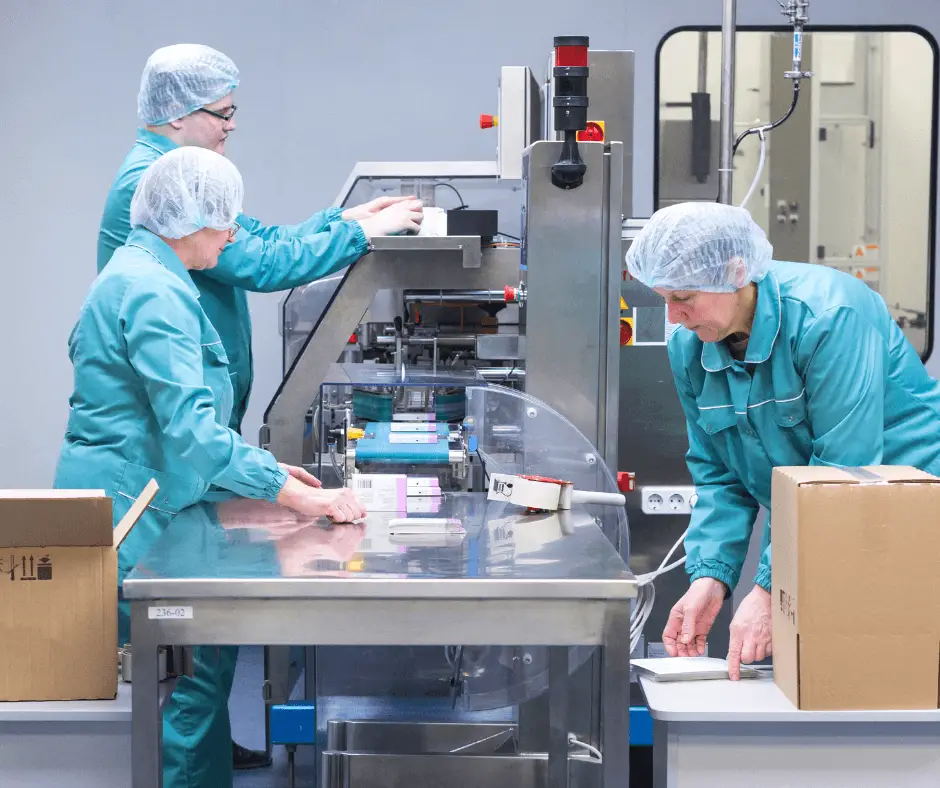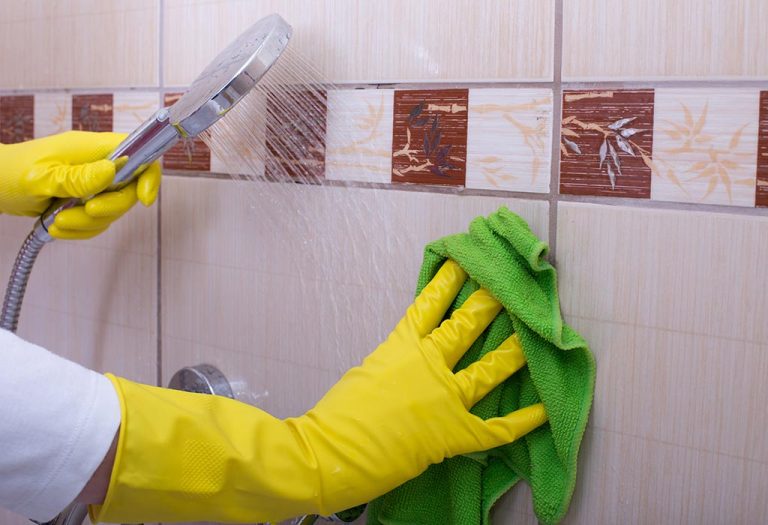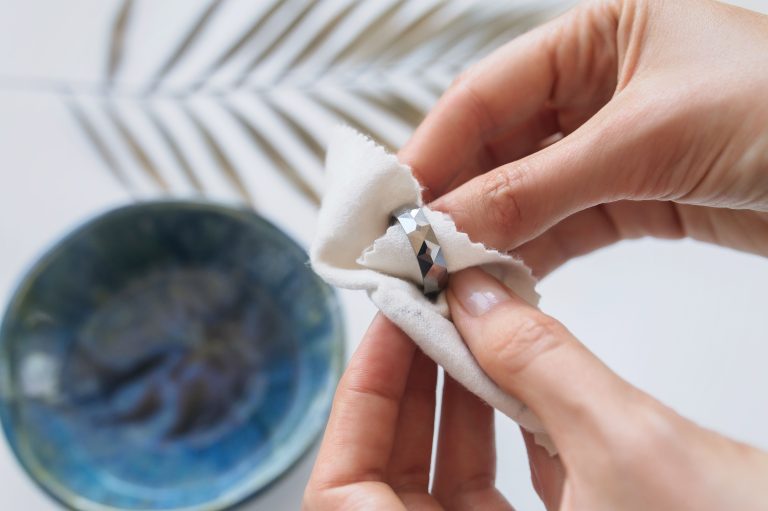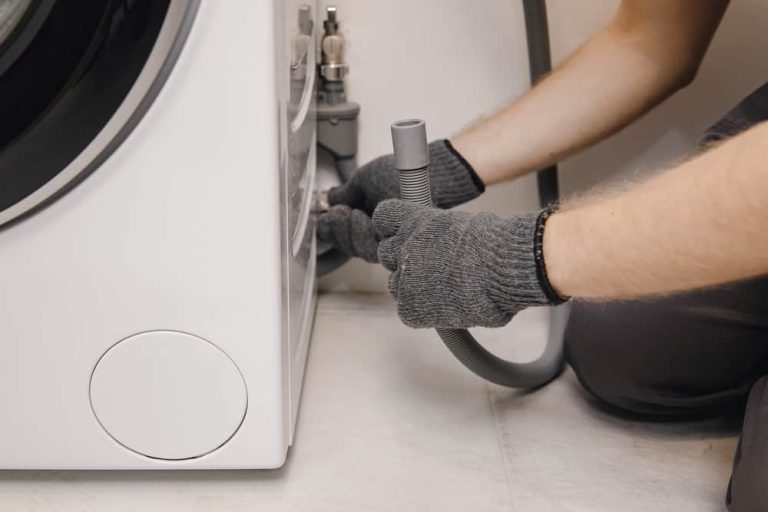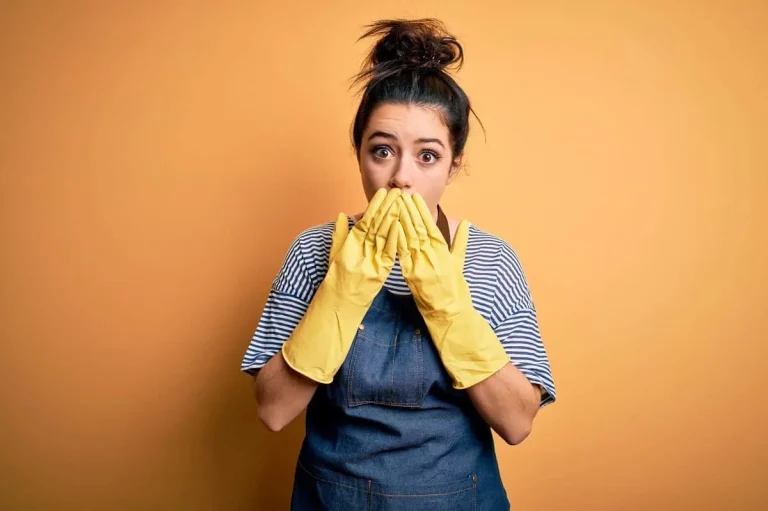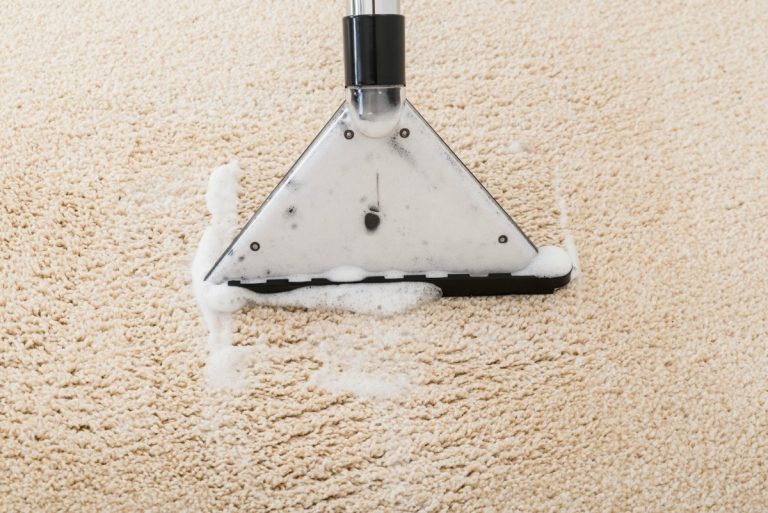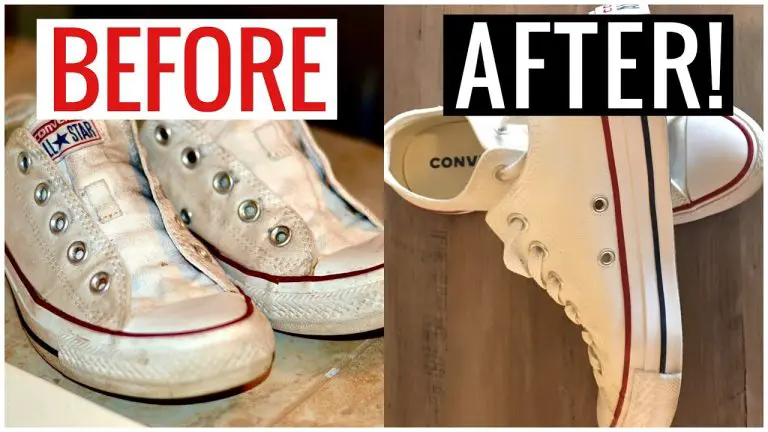CRITICAL CLEANING IN PHARMACEUTICAL LABS: ENSURING QUALITY AND SAFETY
Critical Cleaning in Pharmaceutical Labs is a process used by pharmaceutical manufacturers to ensure the quality and safety of their products. This process involves the use of specialized cleaning agents, techniques, and equipment to remove any trace impurities from laboratory surfaces, tools, and equipment. By using these methods, pharmaceutical labs are able to ensure their products are free of contaminants that could lead to contamination of their products or create a health hazard. This process also helps to maintain the integrity of their products and ensures only the highest quality products are produced. Critical Cleaning in Pharmaceutical Labs is a key factor in the production of safe, effective, and high-quality pharmaceuticals.
Definition of Critical Cleaning
Critical cleaning is an extensive form of cleaning that goes beyond normal cleaning procedures and is intended to provide a higher level of cleanliness. It involves the use of special cleaning agents and methods to remove all traces of contaminants, dirt, dust, oil, grease, and other particles from a given surface. Critical cleaning is often used in the medical, food, and electronics industries, as well as in research and development laboratories. The goal of critical cleaning is to remove potential sources of contamination and improve the overall level of safety and hygiene. Critical cleaning is a necessary step in ensuring that products are safe and free of contaminants for use in industry.
Benefits of Critical Cleaning in Pharmaceutical Labs
Critical cleaning in pharmaceutical labs is essential for the production of safe and effective drugs. This type of specialized cleaning removes any contamination or residue that may have been left behind from previous processes, ensuring that the lab is free of any unwanted materials. The benefits of critical cleaning include increased safety and efficiency, improved product quality, better process control, and the prevention of cross-contamination. In addition, critical cleaning can reduce operational costs and help ensure that the lab is compliant with regulatory standards. By having a dedicated critical cleaning process in place, pharmaceutical laboratories can ensure that their products are consistently of the highest quality.
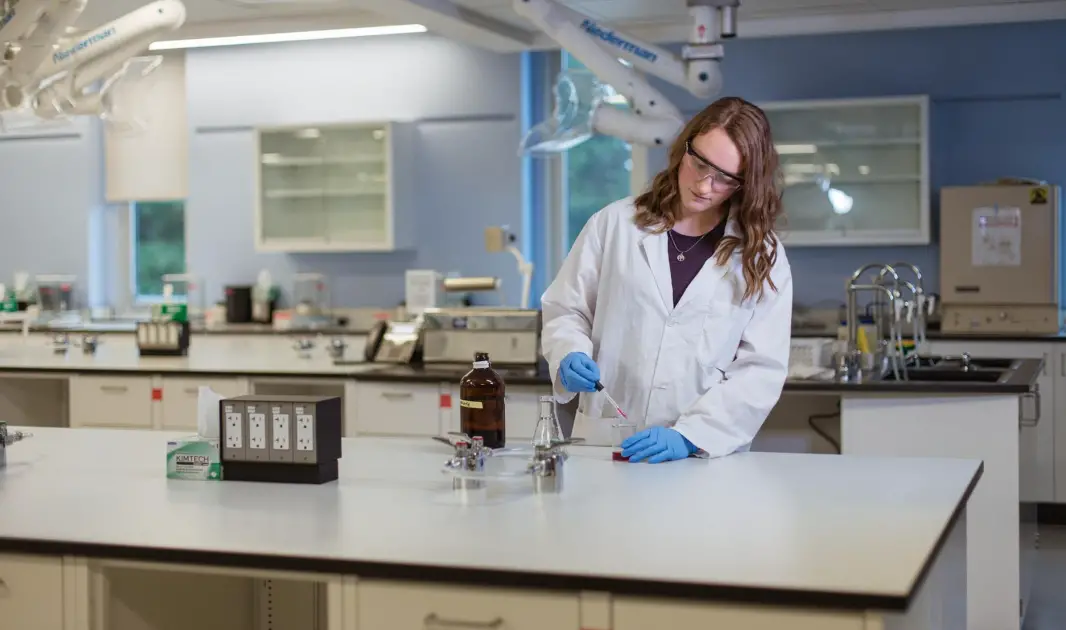
Key Regulations for Critical Cleaning
Critical Cleaning is an important part of any successful cleaning process. It is essential to ensure that all surfaces are thoroughly cleaned to prevent contamination and illness. Key regulations for critical cleaning involve proper sanitation processes, proper disinfection techniques, and the use of cleaning products that are effective and safe to use. It is important to follow the instructions for each product to ensure that it is used correctly and safely. Additionally, all employees must be properly trained in the use of cleaning products and their safety protocols. It is also important to regularly check that all surfaces are clean and free of any residue. Following these regulations ensures that all surfaces are clean and safe for use.
Challenges in Implementing Critical Cleaning
Critical cleaning is an essential part of any workplace. It helps keep the environment safe, secure, and properly maintained. However, there are several challenges associated with implementing critical cleaning. Time constraints, budget limitations, and a lack of adequate resources can make implementing critical cleaning difficult. Additionally, there are sanitation and safety protocols that must be followed when critical cleaning is done, which can be difficult to manage. Moreover, the right equipment is necessary in order to properly clean and disinfect an area, and this can be costly. Finally, the process of critical cleaning itself can be time-consuming and difficult to manage. All of these factors make it difficult to implement critical cleaning and require a comprehensive approach in order to ensure success.
Solutions for Implementing Critical Cleaning
This blog post is designed to provide practical solutions for implementing critical cleaning. We look at the importance of developing a strategy, understanding the different cleaning needs, and maintaining standards. We focus on the best methods for keeping your premises clean, and the key principles for keeping them clean. We also discuss the importance of monitoring for cleanliness and the importance of using the right products and processes to achieve your objectives. Finally, we discuss the importance of training your staff in critical cleaning. We provide an overview of the different areas that need to be addressed and offer practical tips for implementing successful critical cleaning programs. With our help, you can ensure that your premises remain clean and safe and that your staff are well-trained in the important task of critical cleaning.
Disinfectants and Cleaning Agents Used
Disinfectants and cleaning agents are essential for maintaining a safe and healthy environment. They are used to kill or remove bacteria, viruses, fungi, and other microorganisms, as well as dirt and grime. Disinfectants and cleaning agents are available in a variety of forms including liquids, sprays, wipes, and gels. They can be used to clean and disinfect surfaces, equipment, and other items. By using disinfectants and cleaning agents, we can reduce the risk of spreading germs and help keep our environment clean and safe.
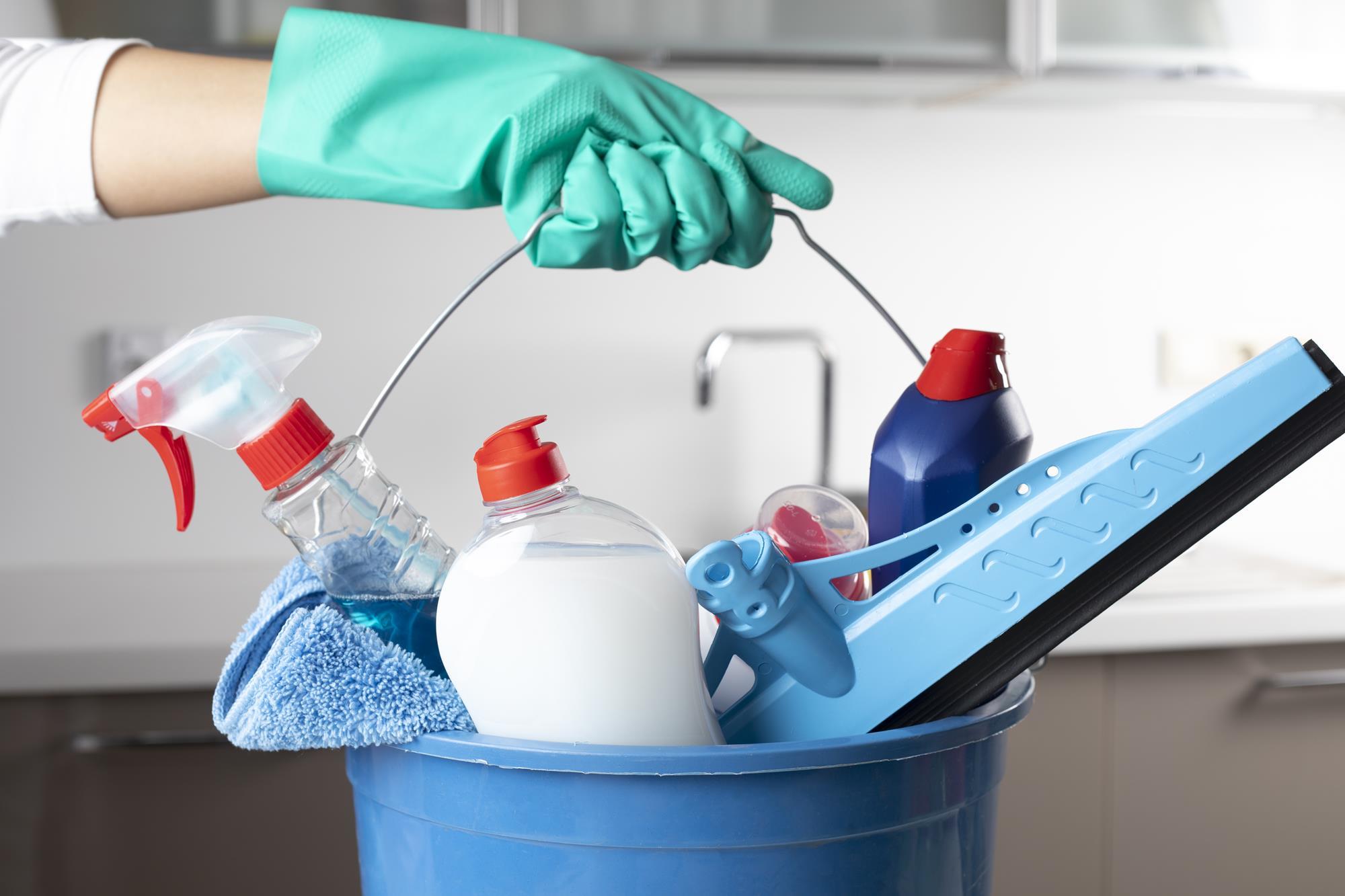
Monitoring and Documentation of Cleaning
Cleaning is an essential part of any business, but it’s not enough to simply brush and mop – it’s important to monitor and document your cleaning process to make sure it’s done effectively and efficiently. Monitoring and documentation of cleaning help to ensure that all areas are cleaned thoroughly, that the correct products are used, and that any health and safety regulations are followed. It also helps to create an audit trail, making sure that all cleaning efforts are traceable and accountable. Monitoring and documentation of cleaning is a great way to ensure that your premises remain clean and safe for staff, customers, and visitors.
FAQs About the CRITICAL CLEANING IN PHARMACEUTICAL LABS: ENSURING QUALITY AND SAFETY
1. What is critical cleaning in pharmaceutical labs?
Answer: Critical cleaning in pharmaceutical labs is the process of eliminating residual contaminants, such as dust, dirt, and other debris, from surfaces and equipment in order to maintain the safety and quality of the products being manufactured.
2. What steps are taken to ensure critical cleaning is done correctly in pharmaceutical labs?
Answer: Critical cleaning in pharmaceutical labs is typically accomplished through the use of specific cleaning agents and techniques, such as HEPA-filtered vacuums, single-use wipes, and pre-wetted swabs. The effectiveness of the cleaning should also be verified through a series of tests, such as ATP monitoring and environmental monitoring.
3. What are the benefits of critical cleaning in pharmaceutical labs?
Answer: The benefits of critical cleaning in pharmaceutical labs include improved product quality, enhanced safety, reduced risk of contamination, and improved process efficiency. Additionally, critical cleaning can help reduce production costs and help ensure compliance with regulatory standards.
Conclusion
Critical cleaning is an essential component of pharmaceutical labs that helps to ensure the quality and safety of products. It must be done in accordance with accepted standards and procedures to ensure that the products are of the highest quality and safe for consumption. By following these guidelines, pharmaceutical labs can guarantee that the products they produce are safe, effective, and of the highest quality.

